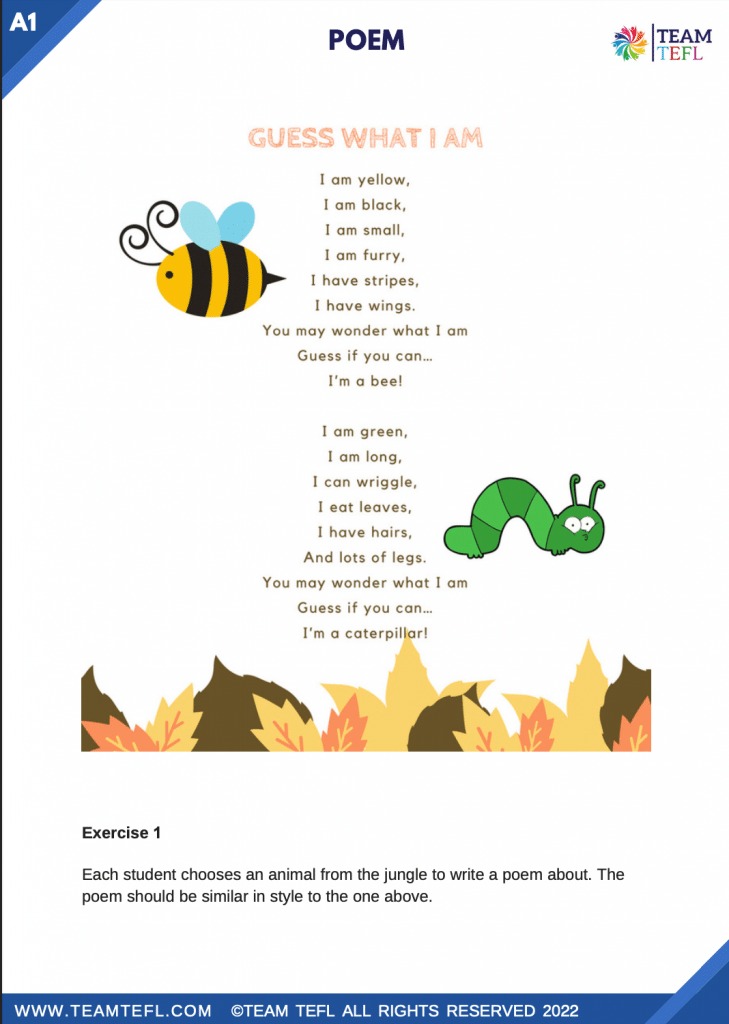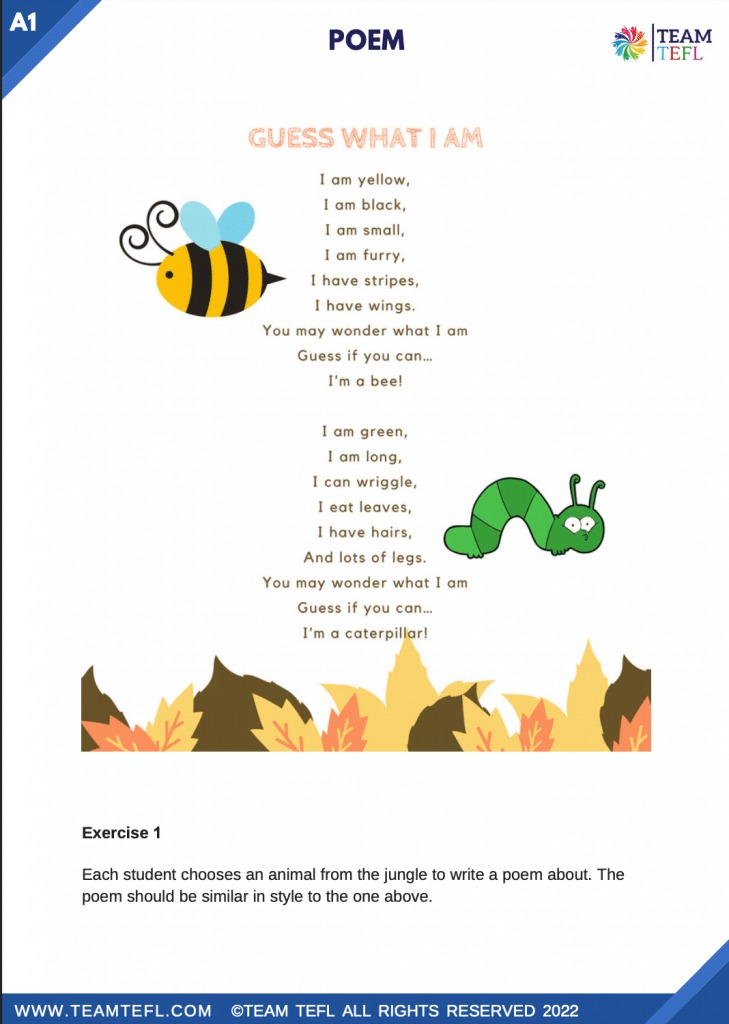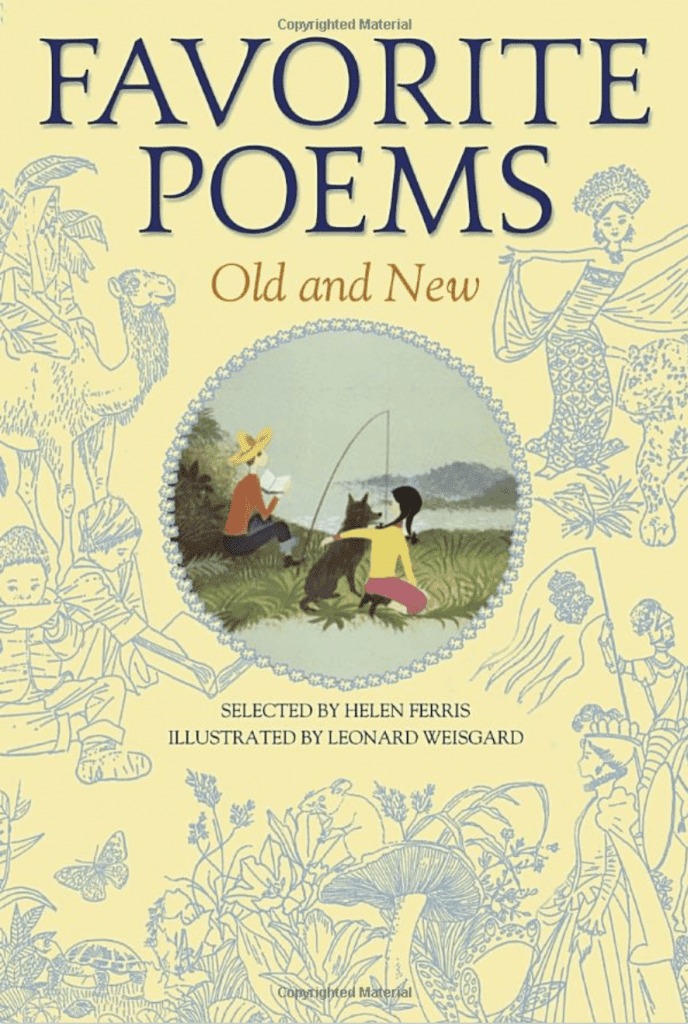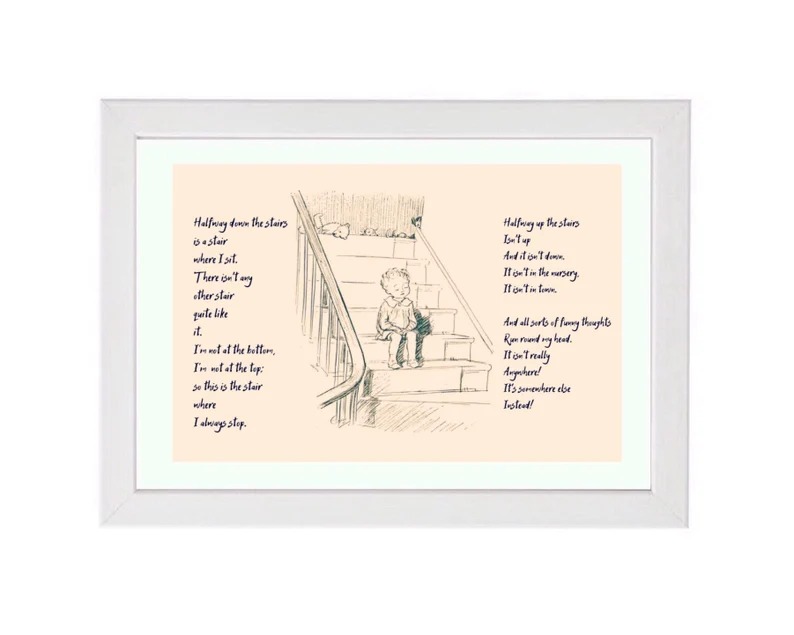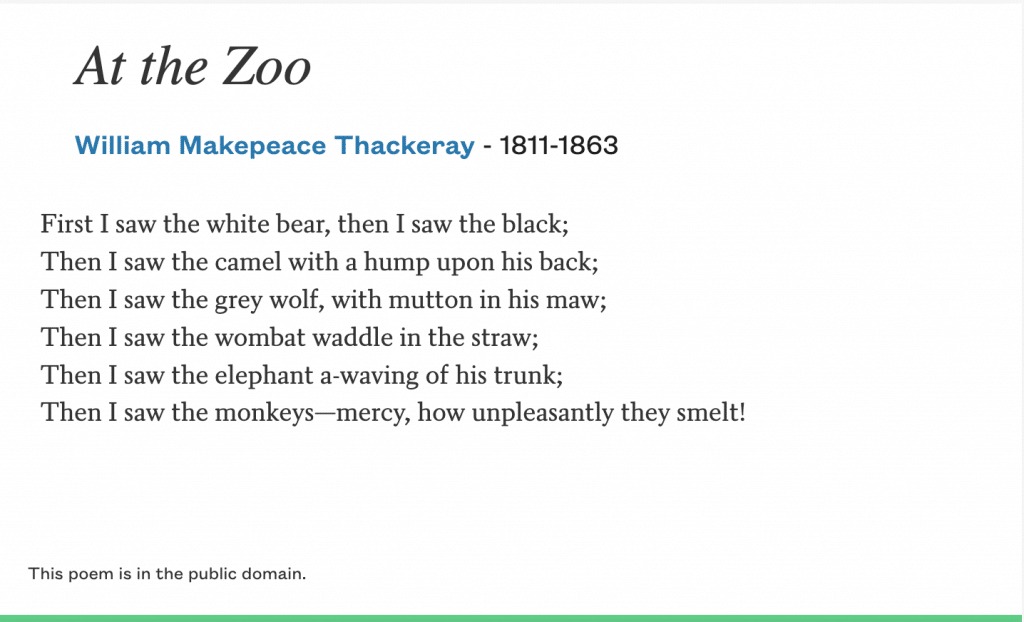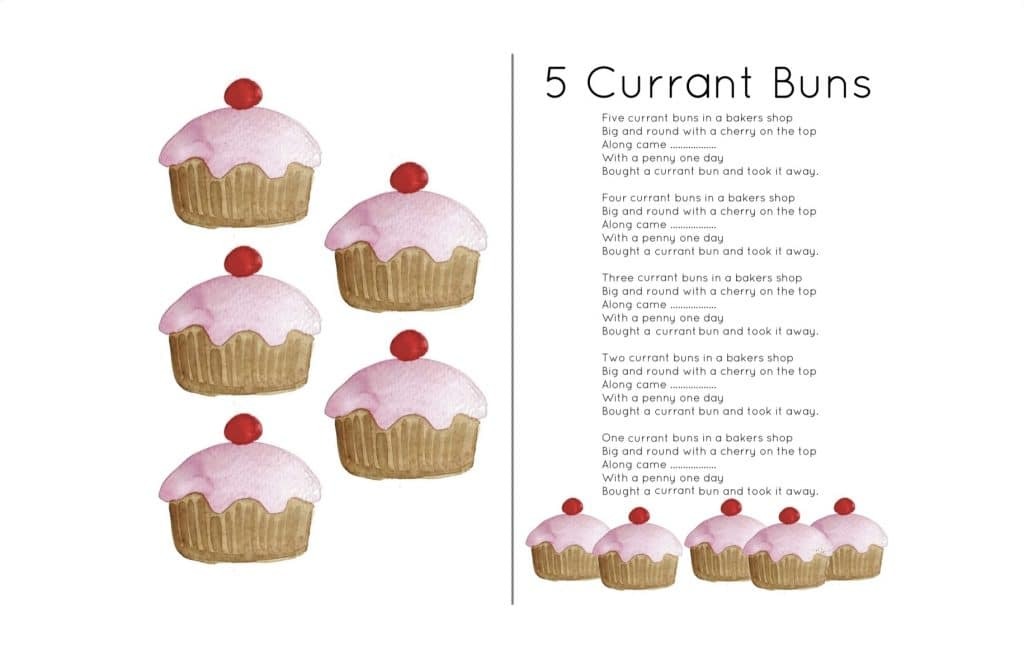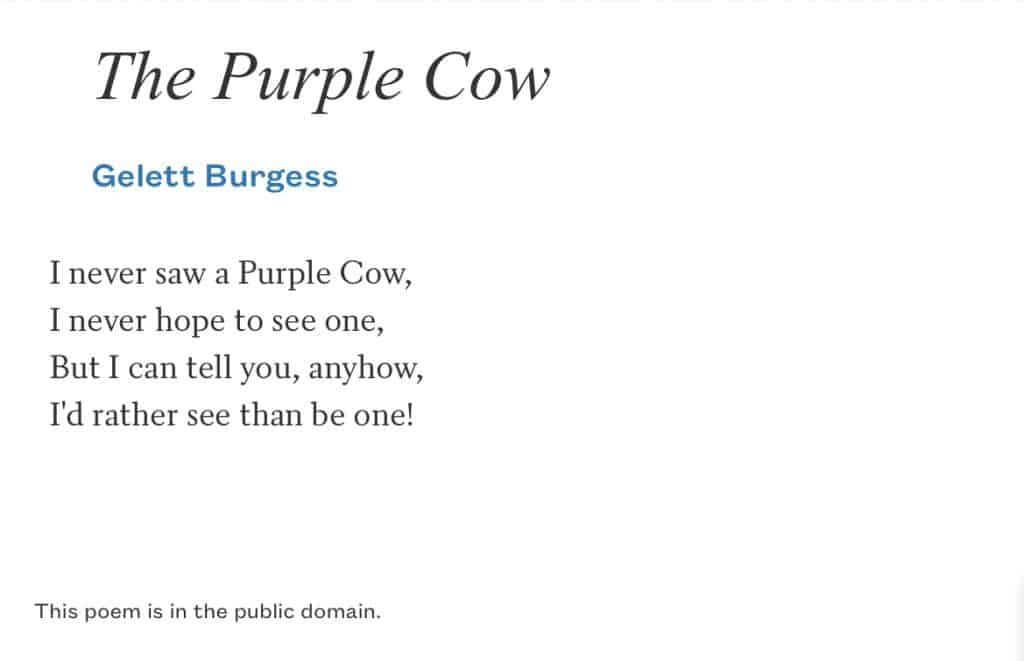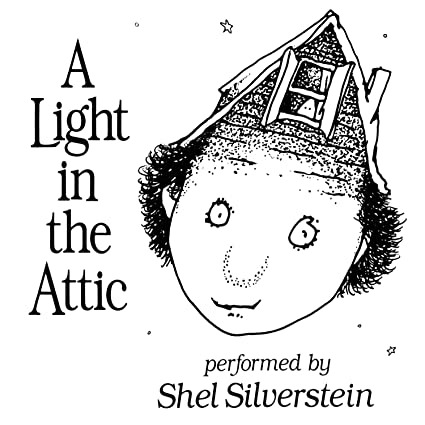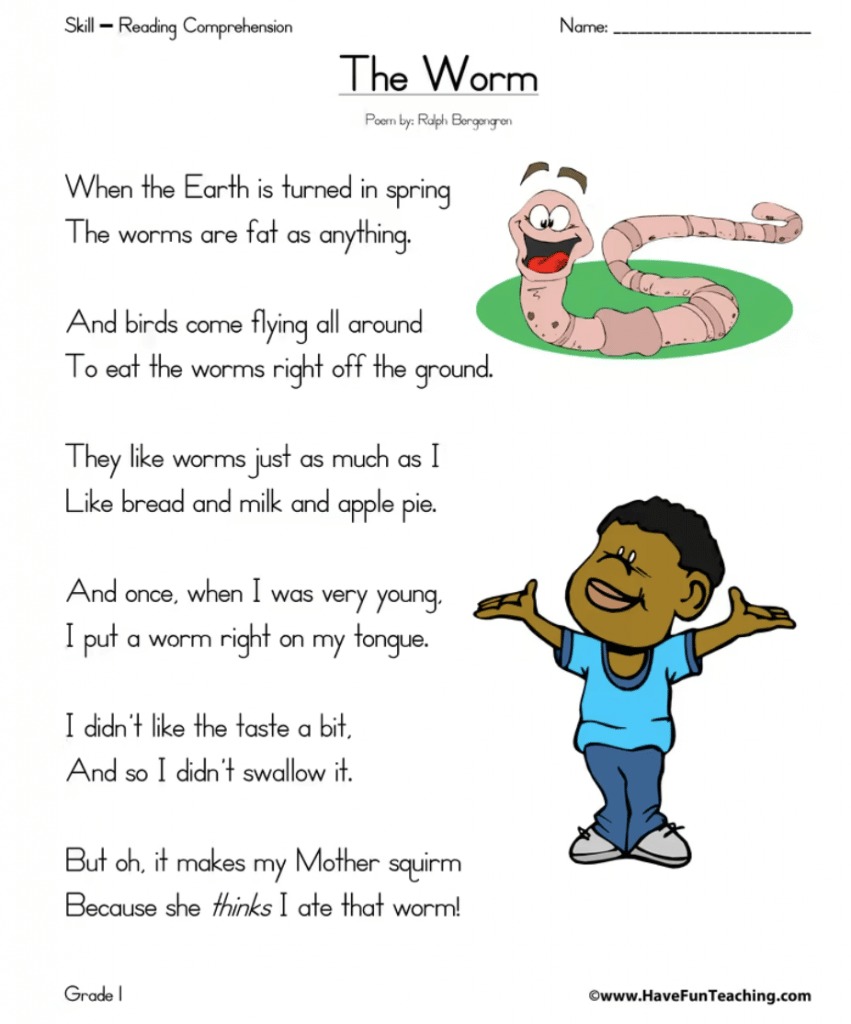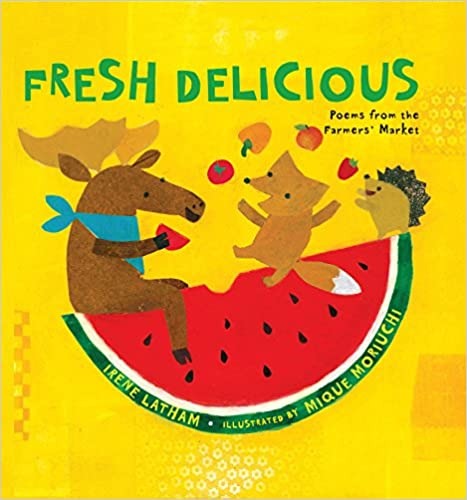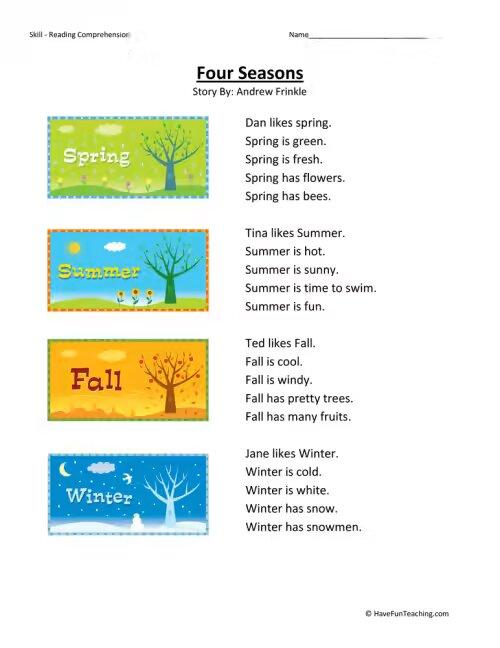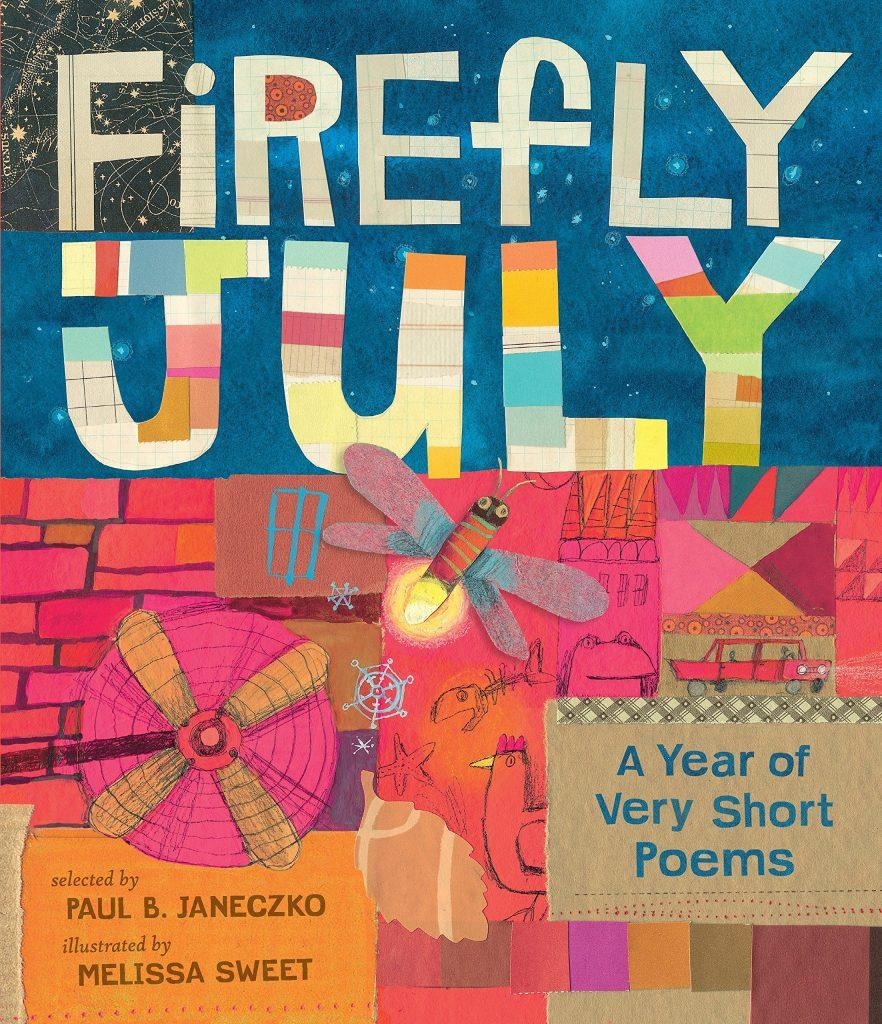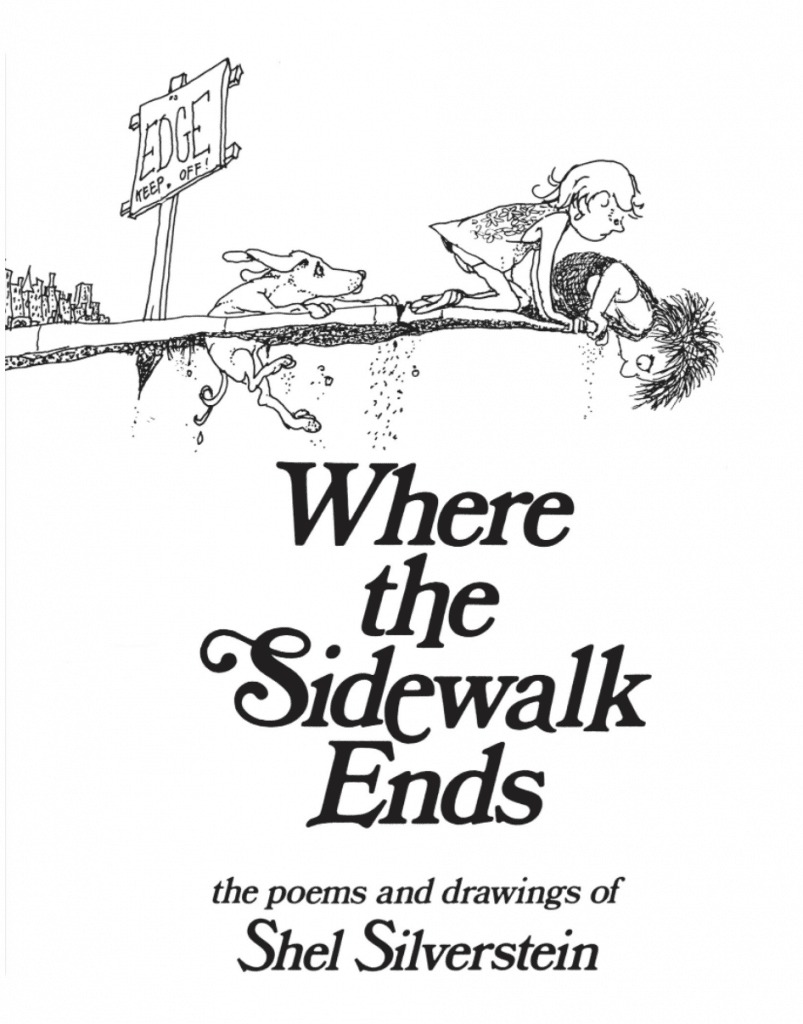First grade poems are usually introduced as short pieces of text with shorter, rhyming words. This provides practice with reading fluency and intonation, which kids are also working on in first grade. Poems are used to teach students how to identify rhyming words and word families too. Through poetry, first graders begin to understand how sensory words are used to paint a mental picture.
Table of Contents
- What Is a Poem for Grade 1?
- 21 of the Best First Grade Poems
- How Do You Teach a Poem to a First Grader?
- Check Out These Additional 1st Grade Resources
What Is a Poem for Grade 1?
In first grade, children are developing phonological awareness so the best first grade poems feature grade-level vocabulary, rhyming words, and imagery to make the poem come alive.
Teachers often use funny poems to inspire students and keep their attention. Poems about nature, the seasons, weather, and food are also high interest topics at this stage.
Eventually, children are introduced to longer poems and poems that use literary techniques other than rhyme.
In partnership with Teach Simple, whose marketplace is full of educational materials created by actual teachers and professional educators (plus 50% of all revenues go to them), I’ve found a diverse list of fun, high-interest first grade poems. This list includes poems that can be used to teach different literary skills and concepts. Some poems can even be paired with specific topics students are learning about for a holistic lesson.
21 of the Best First Grade Poems
- Guess What I Am Poem By TEAM TEFL
If you are looking to introduce your students to a poem that does not rhyme, this is a good one. “Guess What I Am” is written with short words and phrases using descriptive terms that describe an animal in each verse. First graders will have fun putting the clues together to guess the animal.
This is a great format for practicing reading fluency. The teacher can model intonation and fluency as a read-aloud, and then students can read it to themselves or a partner. The activity that goes along with the poem requires students to use adjectives to write their own verse.
- Run, Run, Run Reading Comprehension Worksheet By Have Fun Teaching
Written by Judi Eberhardt, this poem uses repetition and rhyme, making it a great text for students to practice reading fluency. Teachers can cover up the second word in a rhyming pair and have students predict the word to see if it makes sense.
- Five Little Ducks By Fiddleticks Education

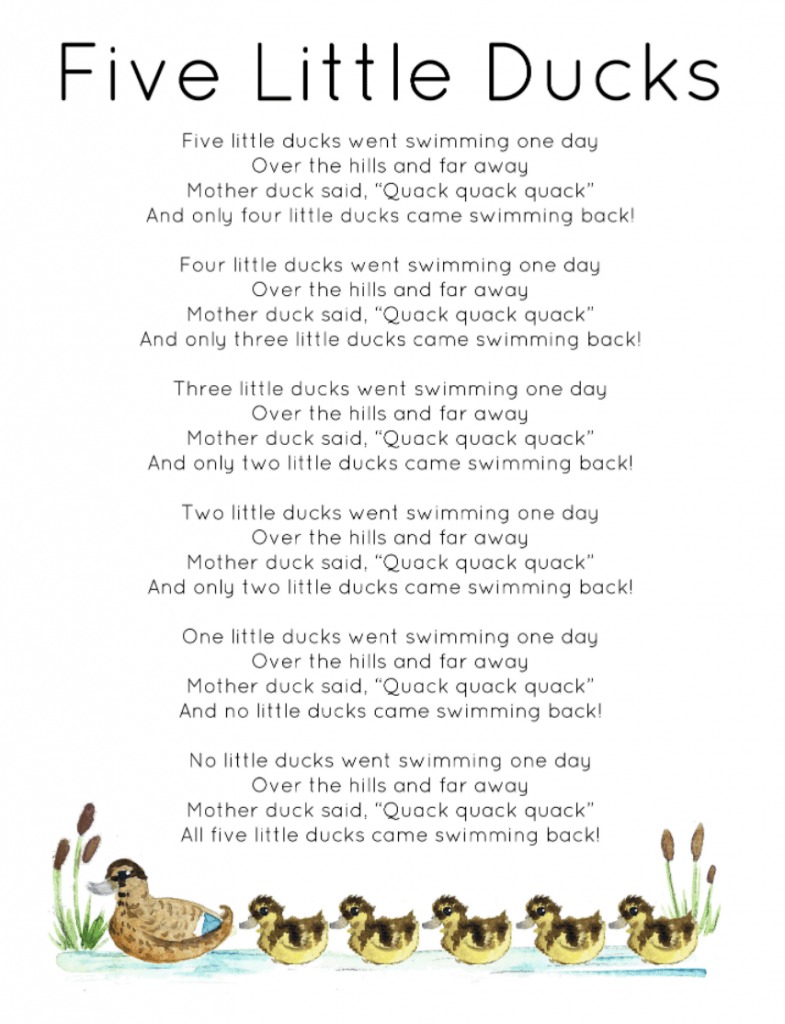
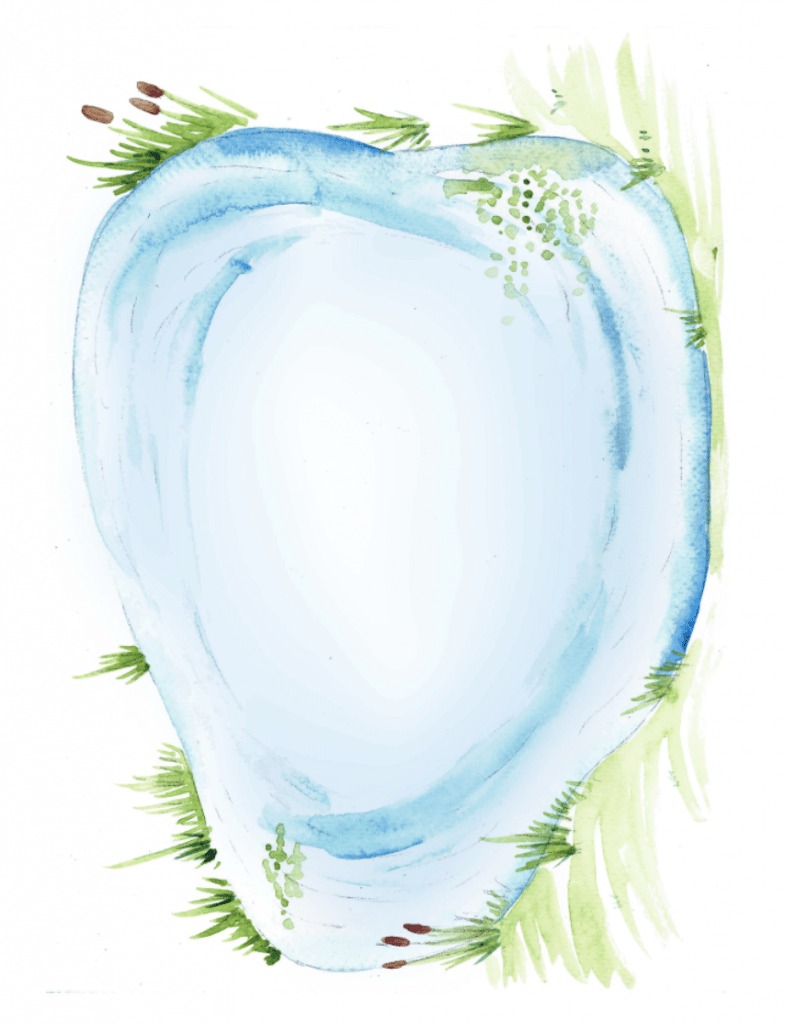
“Five Little Ducks” is the perfect poem for first grade learners. The verses are repetitive, which is great for practicing fluency. Students have to count down from 5 ducks in the first verse until there are no ducks left in the pond in the end. The poem comes with a sheet that has a pond and a second sheet with duck cut outs and number cut outs so children can place their ducks in the pond and take them out one by one as they read or sing each verse.
- In Flanders Fields By Fiddleticks Education
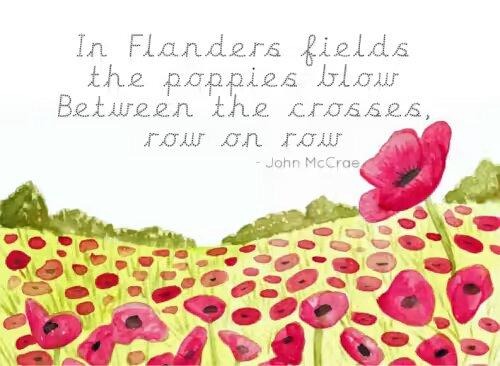
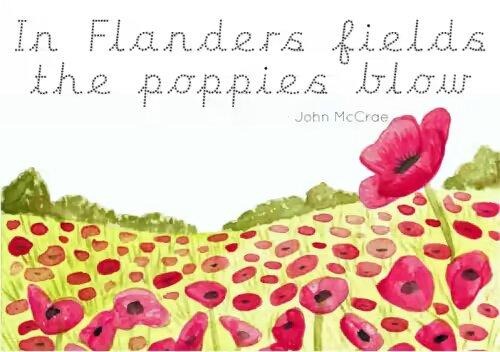
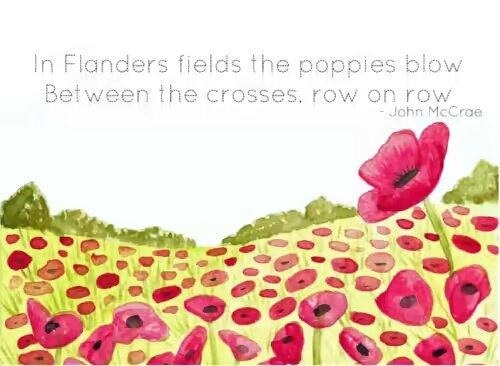
This two line poem by John McCrae is easy for first graders to read, which builds their confidence. It is also a great example to use when teaching how the rules of punctuation and capitalization are different in poetry from other genres of writing.
After reading together and discussing what the poem means, have students write a second verse of their own.
- Me From Learning Through Literature
This timeless classic by Walter de la Mare celebrates the state of just being yourself. The first poem in the Favorite Poems Old and New book listed here, it includes descriptive sensory words to compare being uniquely yourself to that of a tree or flower possessing its own unique characteristics.
Pair this poem with the activity “All About The Poet: Me” By Good Human Project from Teach Simple’s My Book of Poetry | Young Poets Writing Activity. After reading and discussing the poem “Me,” students can record all the interesting things about themselves on the graphic organizer, then write their own poem based on that information.
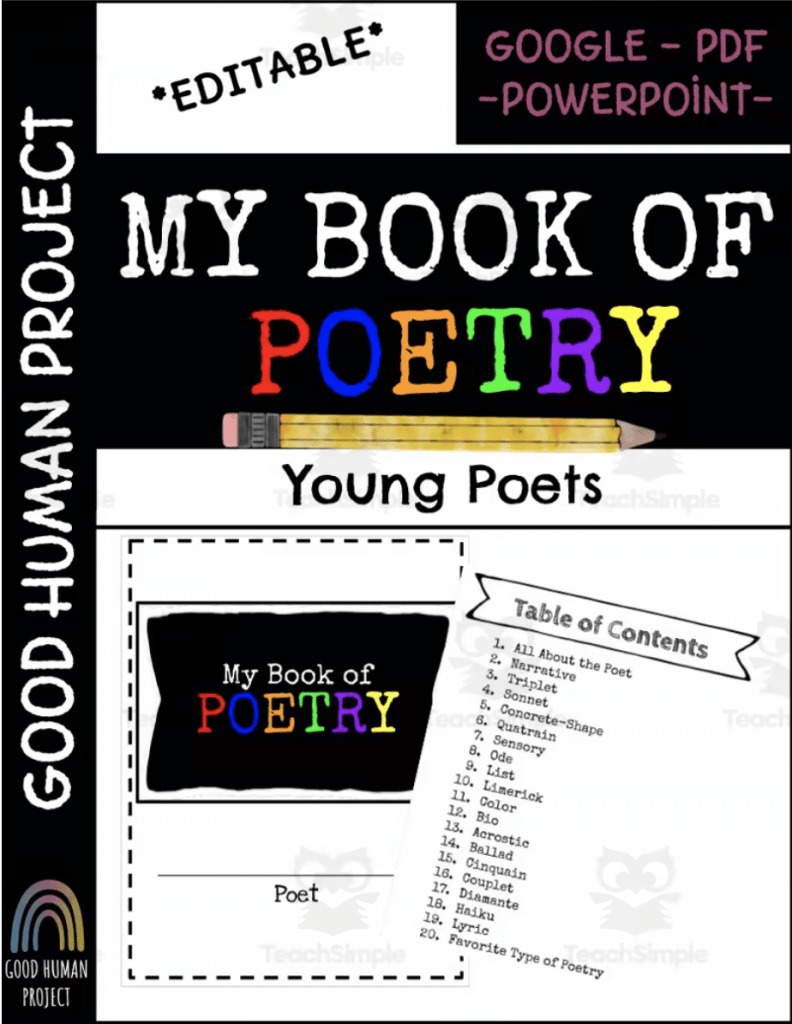
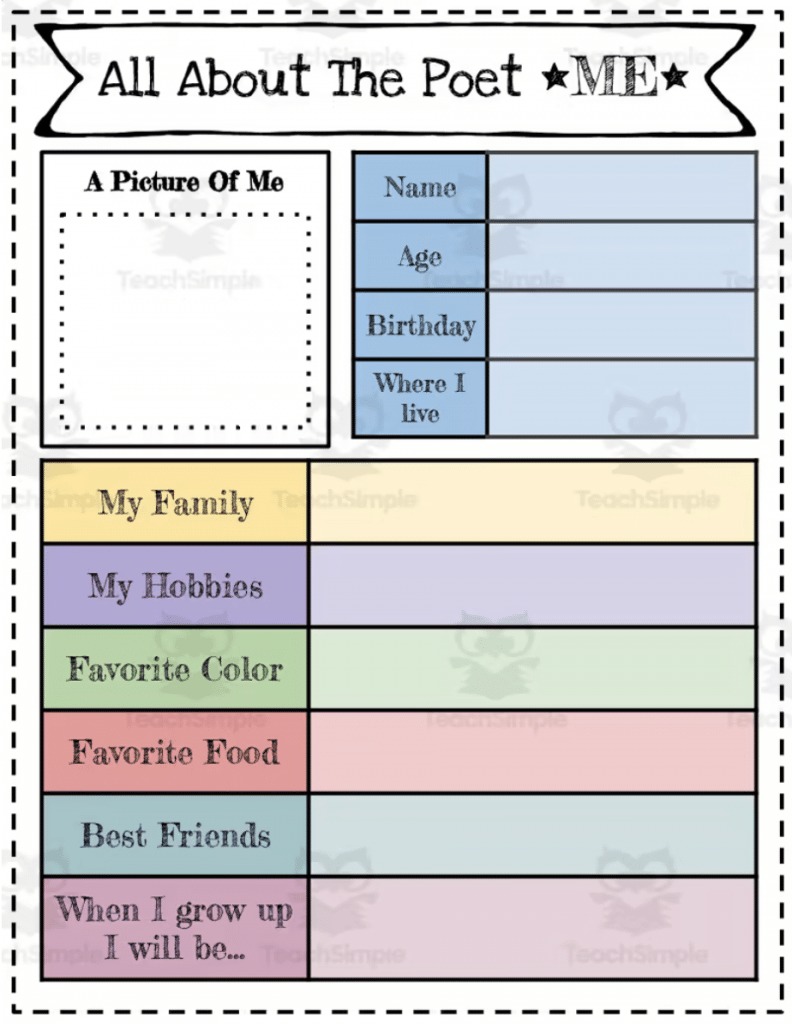
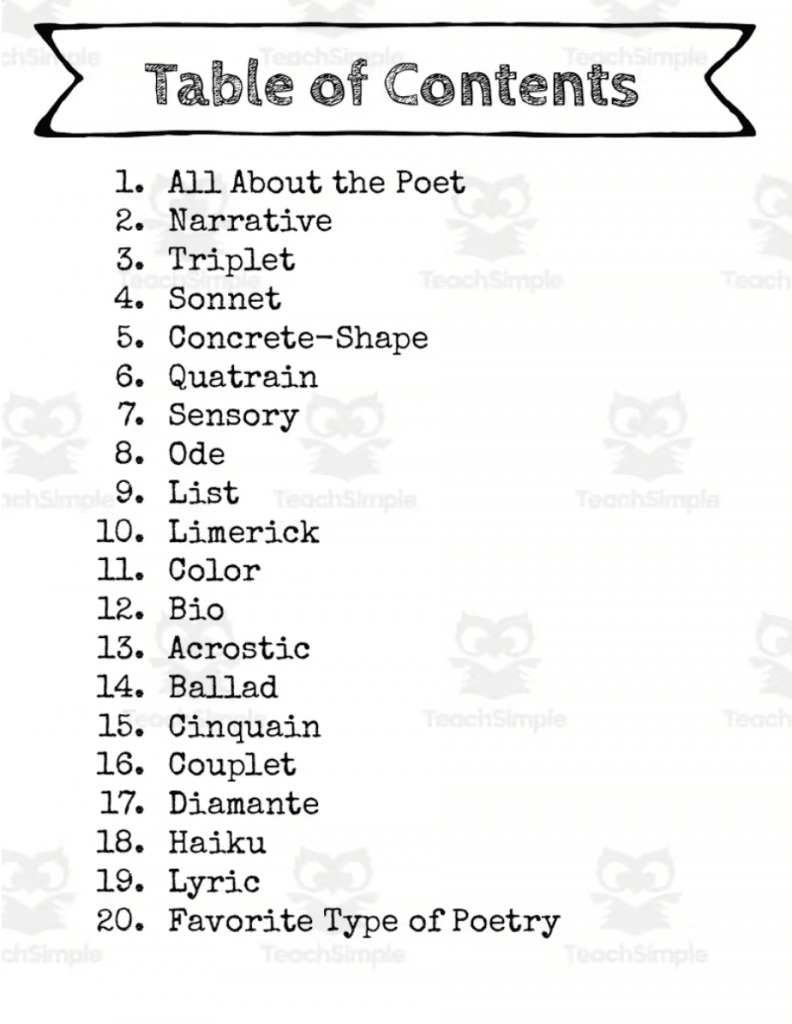
- Halfway Down By Jessica HaPenny
While best known for his stories about Winnie-the-Pooh, A.A. Milne also wrote timeless poetry for children. “Halfway Down” describes a child’s favorite spot. It’s another poem featured in the Favorite Poems Old and New book.
After reading the poem, first graders can think of their own favorite spot that belongs just to them. They can describe the location and how they feel when they are in that special place.
- My Shadow By Gyo Fujikawa
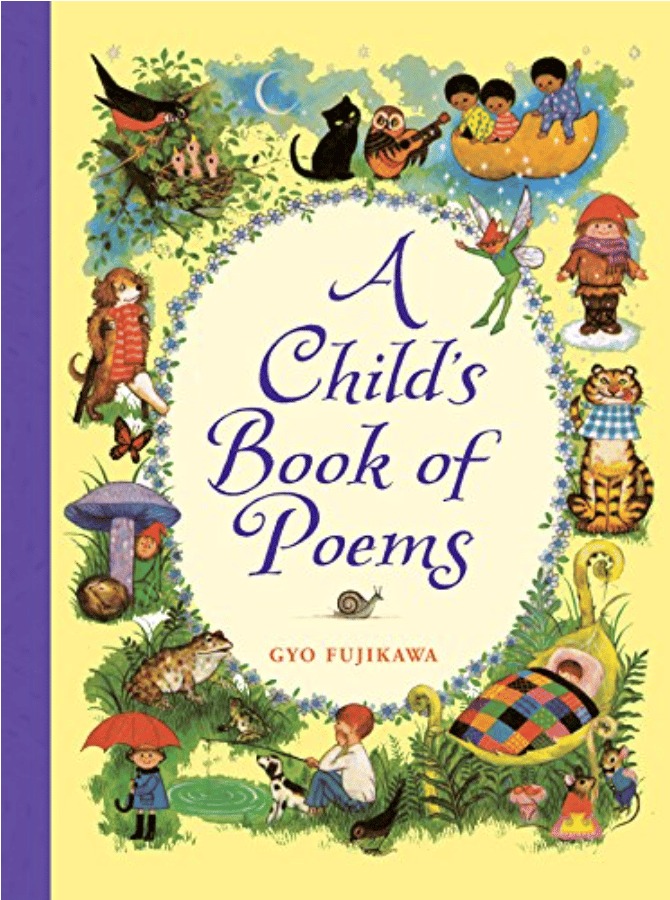

“My Shadow” is a wonderful introduction for first graders to the works of Robert Louis Stevenson that is included in the book A Child’s Book of Poems. The author’s observations of all the silly things his shadow does are humorous and full of whimsy.
While some of the vocabulary is old-fashioned, this provides an opportunity to discuss the meaning of these words and identify words we use today that mean the same thing.
Another fun activity is to go outside and let children observe their shadows as they move. Afterwards they can write a poem about their own shadow.
- The Hungry Giraffe By Chris Harris
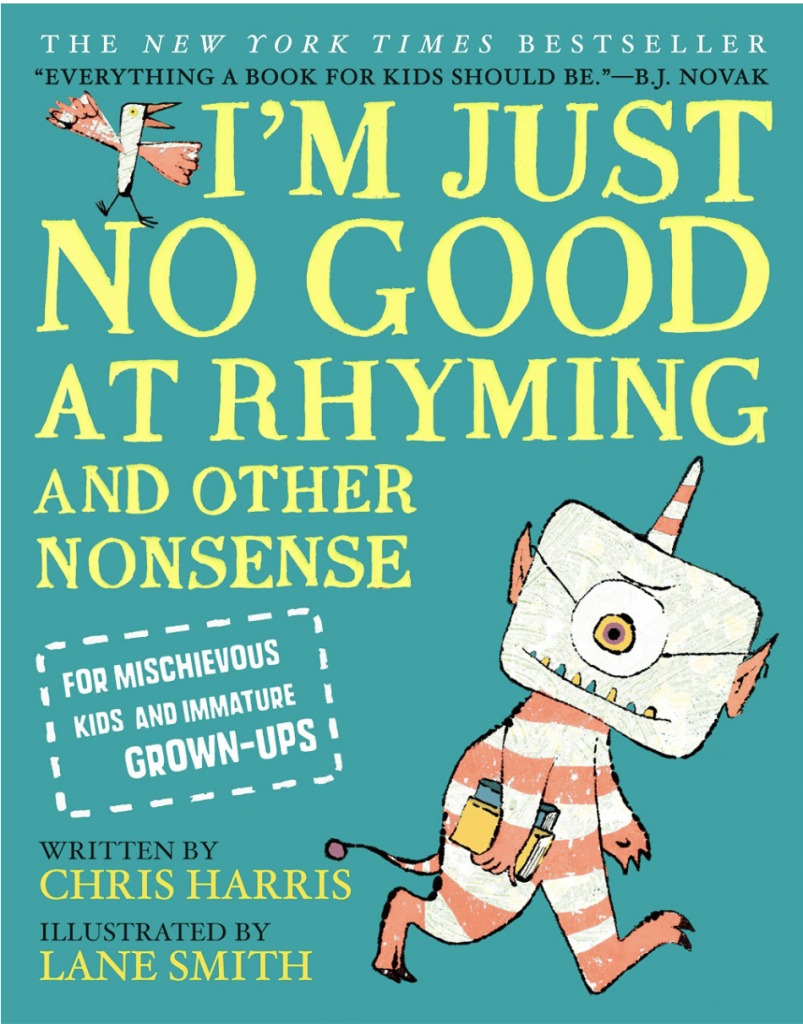
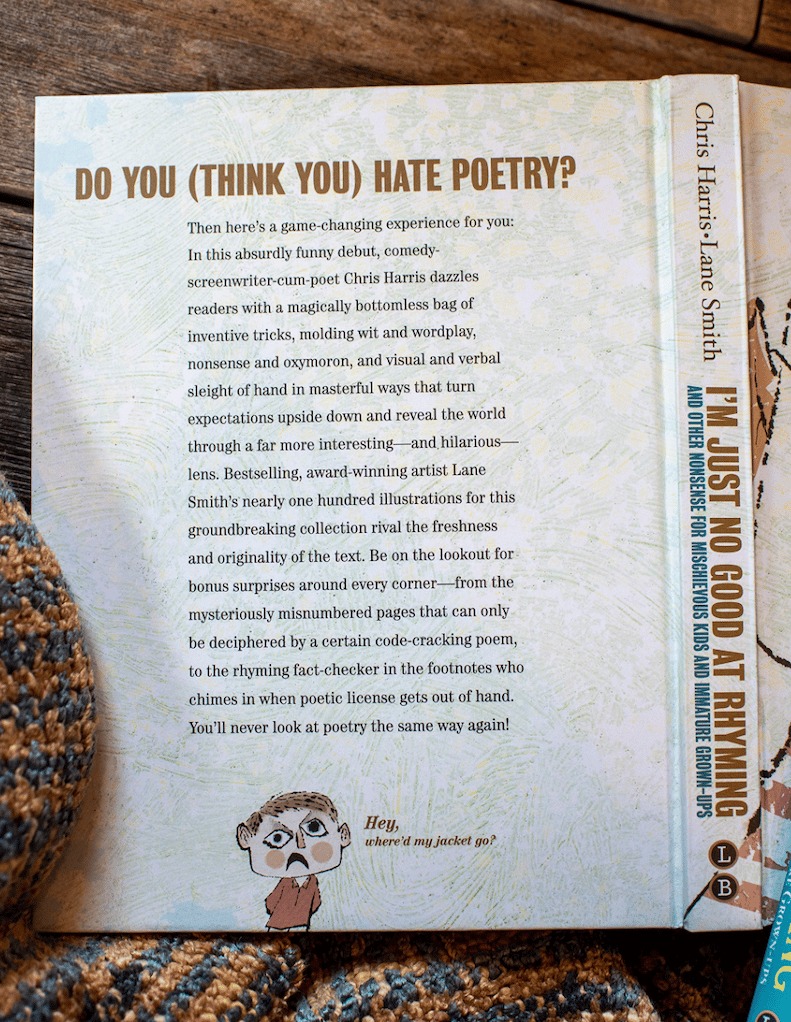
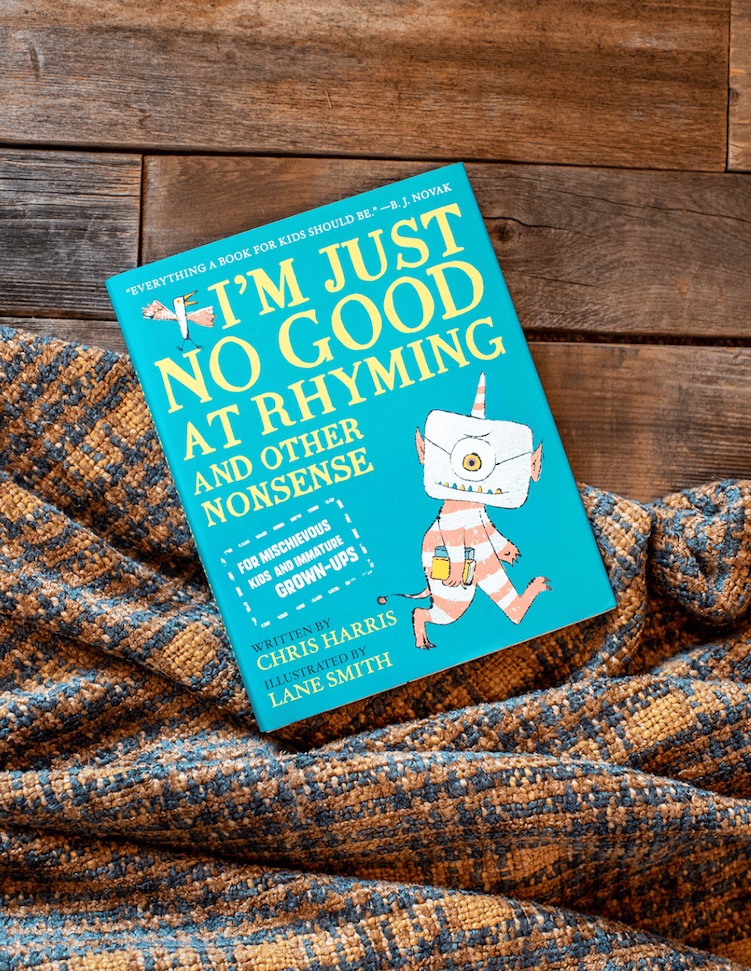
“The Hungry Giraffe” is a simple four-line poem by Chris Harris, which is included in the book I’m Just No Good At Rhyming And Other Nonsense, perfect for young readers. Harris takes the word “tomorrow” and changes it to “tomallow” to make it rhyme with the word “swallow.”
This poem provides the opportunity to talk about nonsense words and how they can be used in some types of poetry. Give students other word pairs and have them change one to make it rhyme with the other. This lets students practice putting letters and sounds together, which increases their knowledge of word families and reading fluency.
- The Old Woman Who Lived In Achoo By Chris Harris
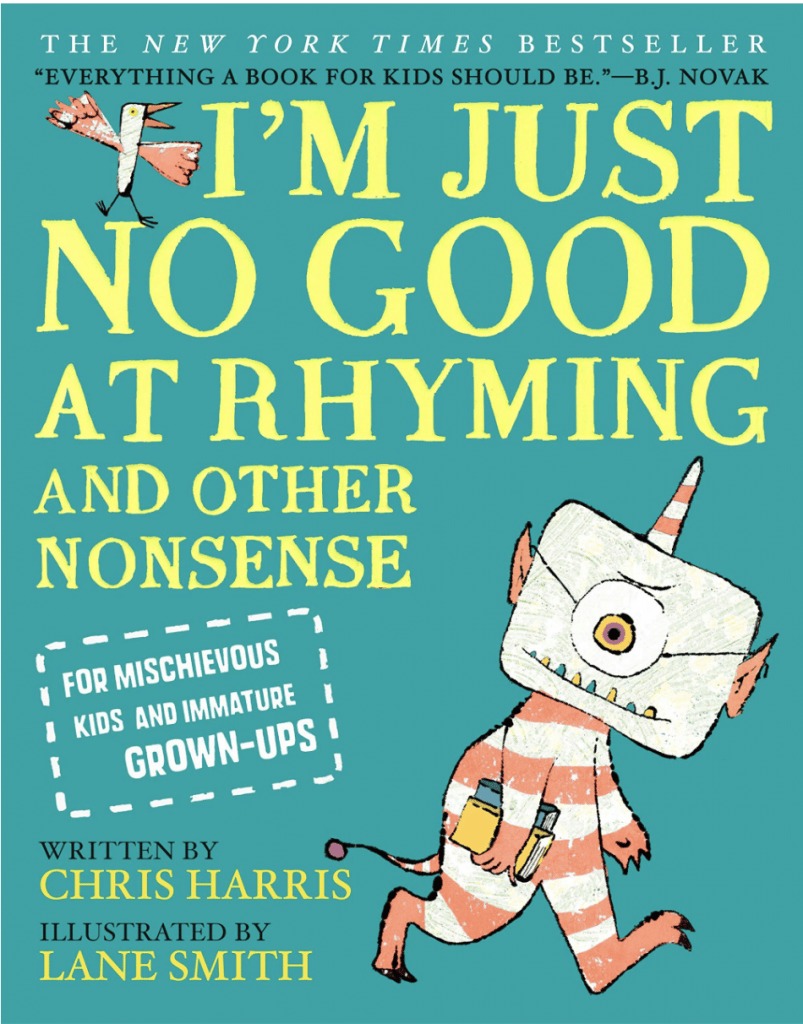
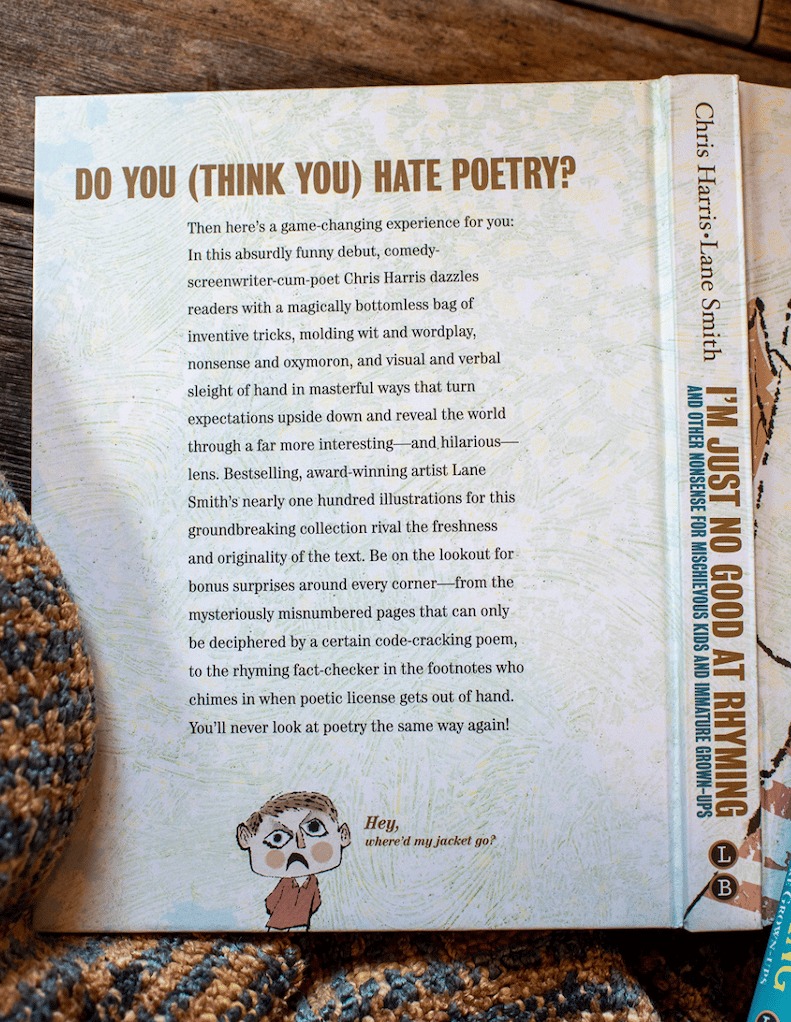
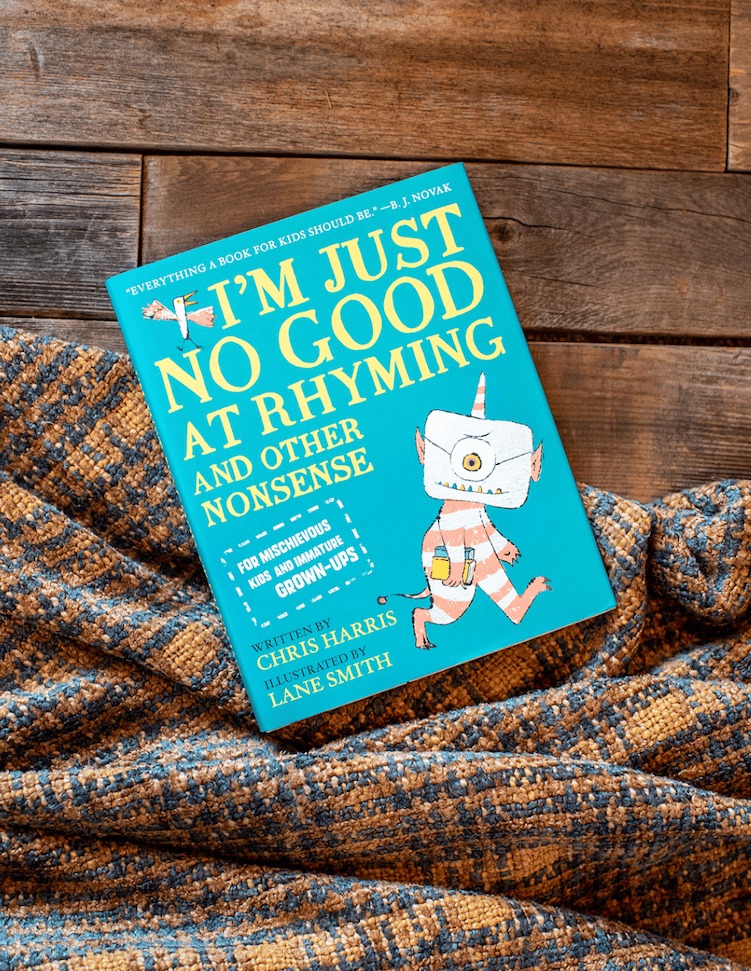
This parody of “The Old Woman Who Lived in a Shoe” is written as a conversation in which one party is mistaking the phrase “in a shoe” with “in achoo” causing an hilarious conflict in the conversation.
This poem is found in the book I’m Just No Good At Rhyming And Other Nonsense and can be used in conjunction with a lesson on onomatopoeia, which is the literary technique of using words that sound like sounds, for example “achoo.”
- At The Zoo From Poets.org
Written by William Makepeace Thackeray, this poem has stood the test of time and is still enjoyed by students today. The last line breaks the rhyming patterns to create a touch of humor.
- The Zoo Printable Booklet By Kindergarten Cafe
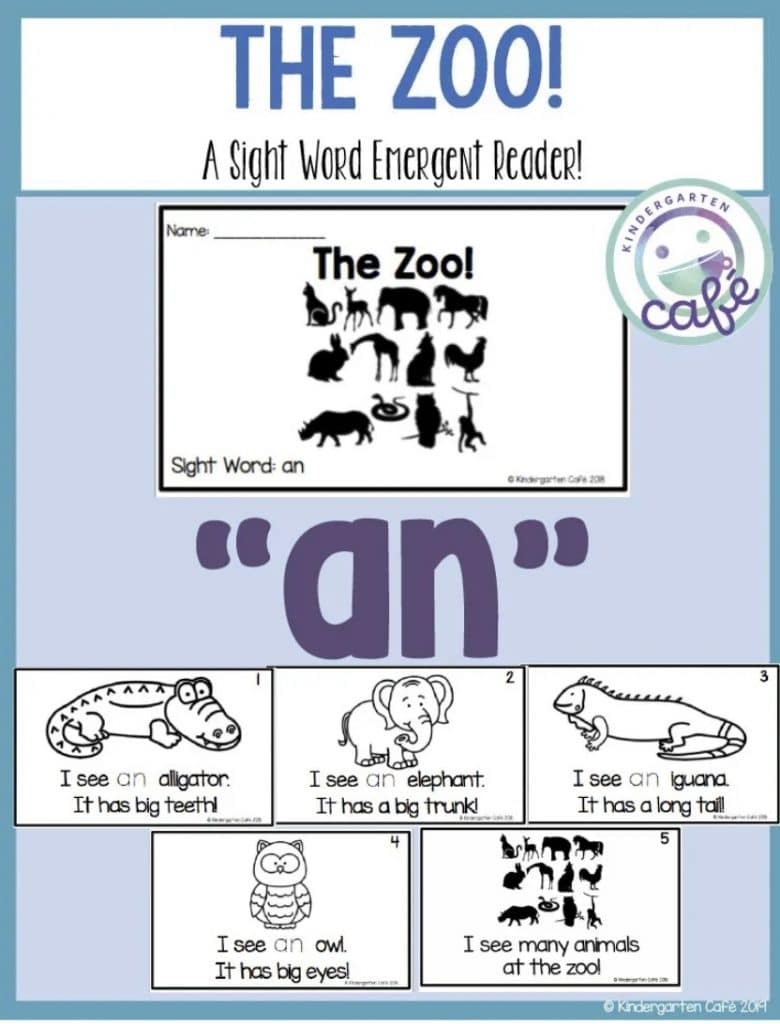
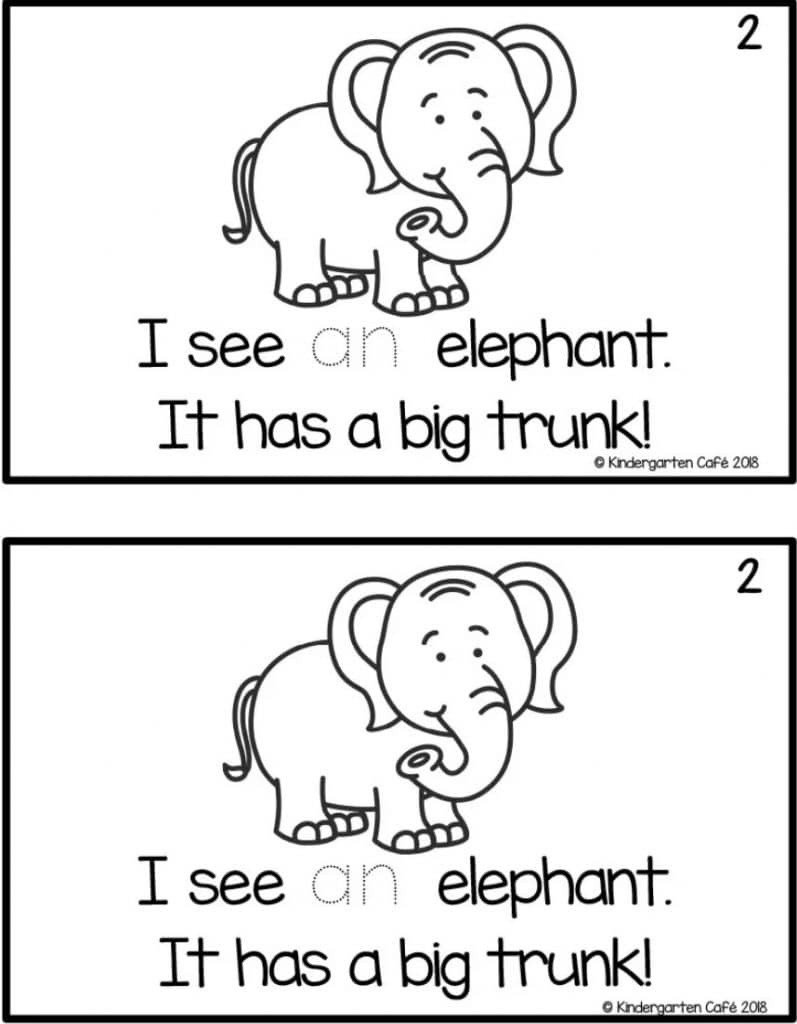
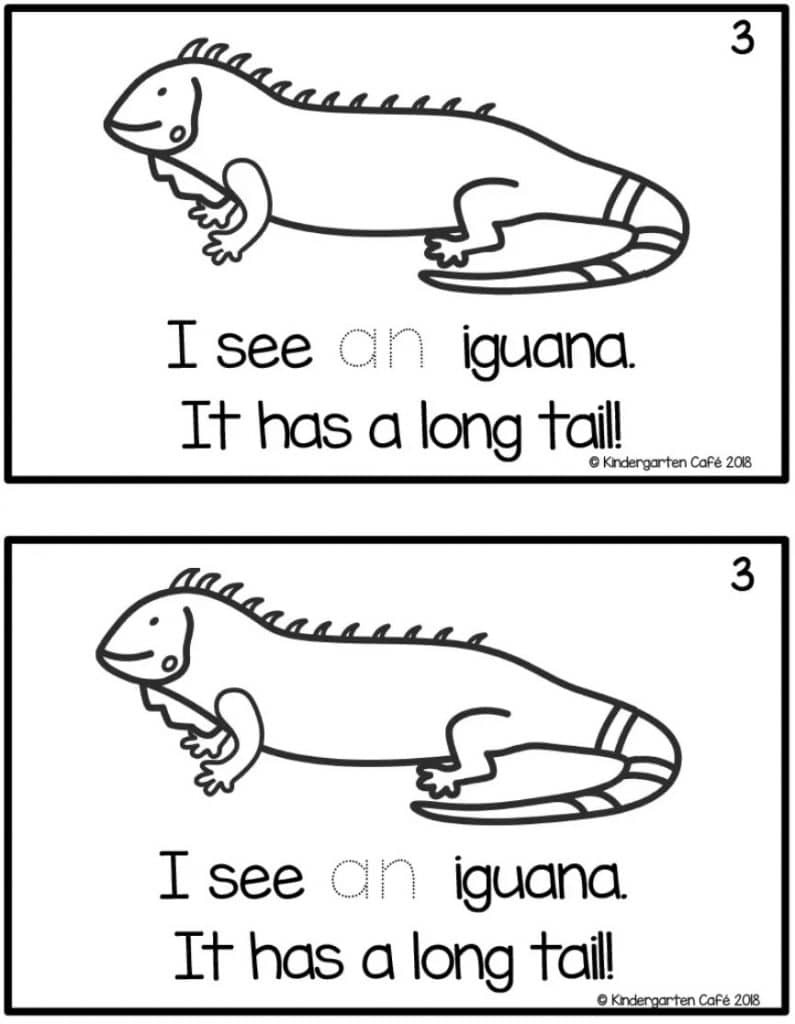
This poem can be used in a lesson about rhyming or with a lesson about zoo animals. To practice fluency, pair it with Teach Simple’s Sight Word Emergent Reader: The Zoo Printable Booklet.
- 1-5 currant Buns By Fiddleticks Education
Your students will love this poem because they can incorporate someone’s name as the person who ate the currant bun with each verse. The repetitive verses with rhyming words will help students to begin to identify certain words and strengthen their intonation.
- Recipe For Balance By Marilyn Singer
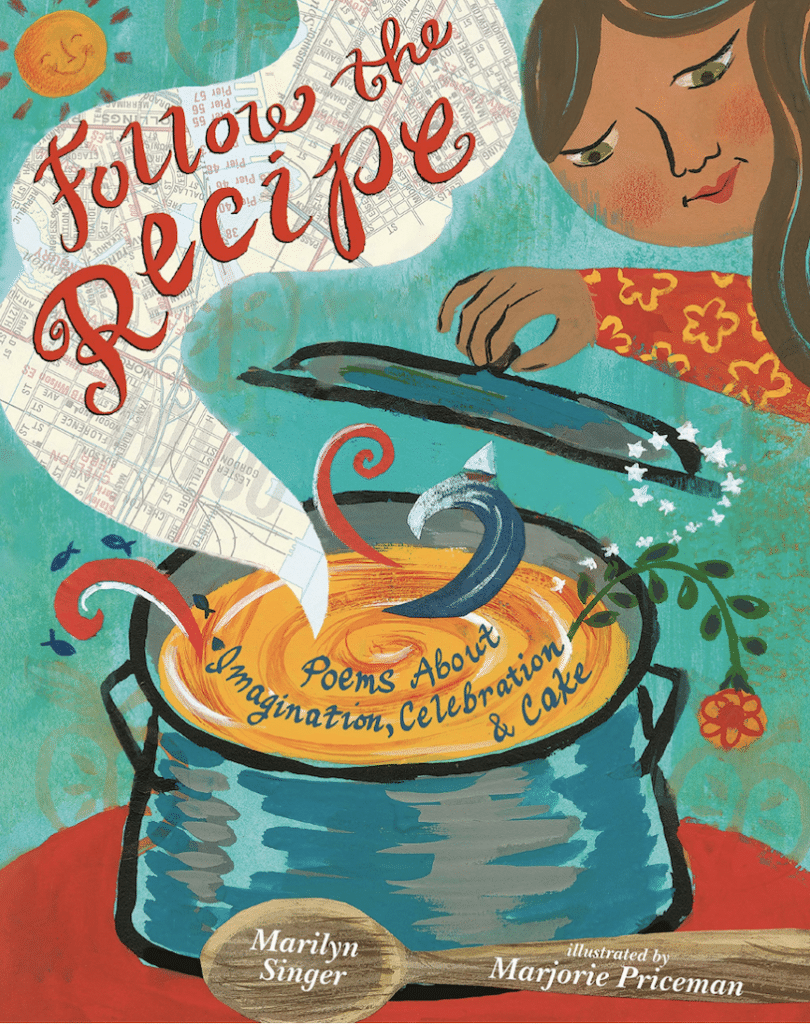
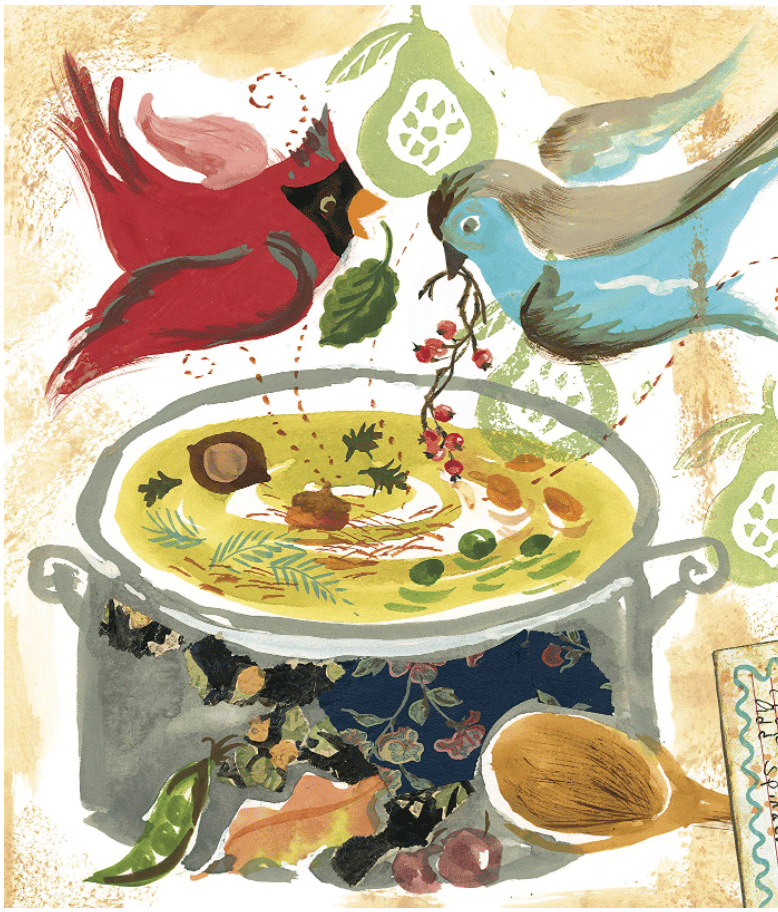
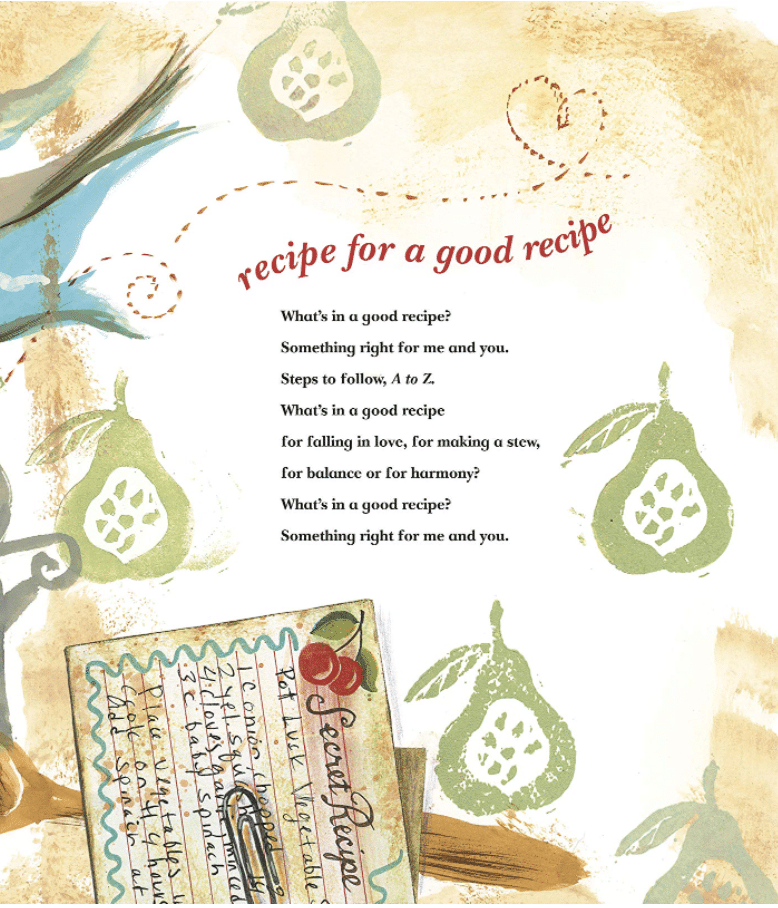
“Recipe for Balance” by Marylin Singer is a good first grade poem for practicing fluency. In this List Poem, each line in the poem starts with the phrase “too much” and ends with a different word. Students will figure out the pattern quickly.
The poem uses opposites such as “too much slowness, too much rush.” As a class, small group, or in partners, students can create one more verse making their own lists of “too much.”
- The Purple Cow From Poets.org
This short, silly rhyme will engage first graders as they contemplate the idea of seeing a purple cow. This poem’s short, rhyming words create great practice for struggling as well as advanced readers.
Let students draw a picture to accompany the poem. Have them rewrite the poem along with their picture to practice both writing and word recognition. .
- Be Glad Your Nose Is On Your Face By Jack Prelutsky
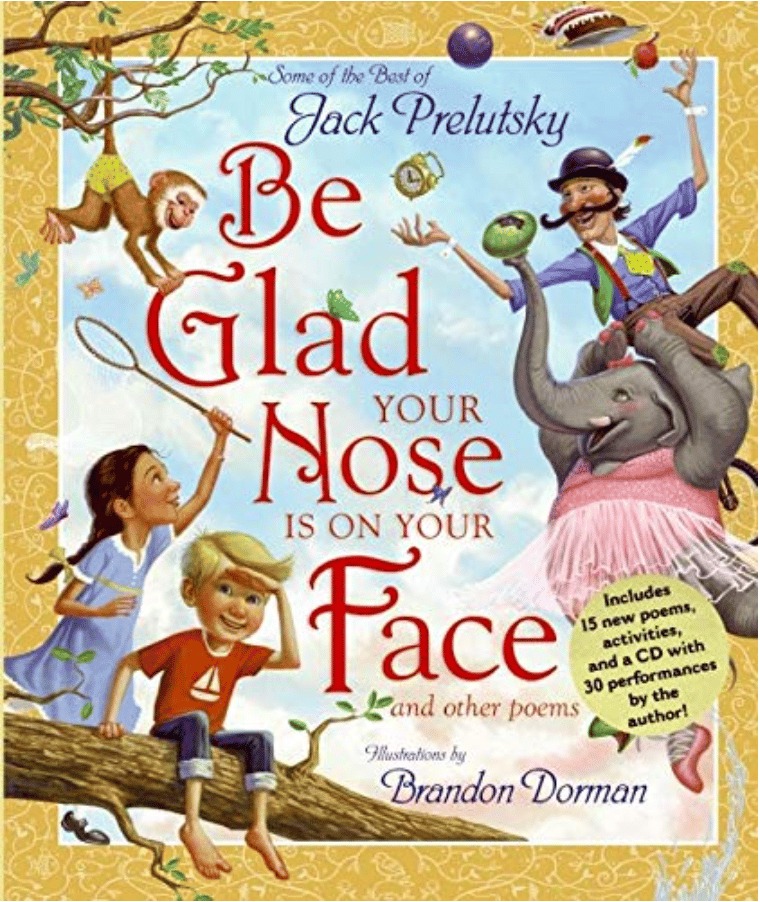
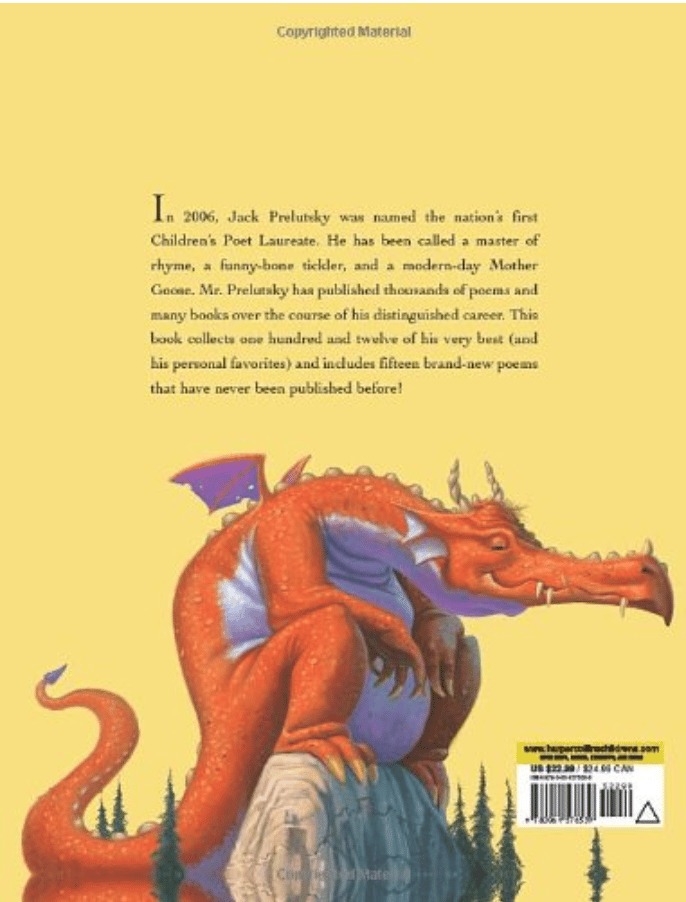
Jack Prelutsky’s humorous poem asks children to imagine what it would be like if their nose was on a different part of their body. The poem is written in rhyme and uses multiple word families that first graders are learning.
- Rate A Poem By Good Human Project
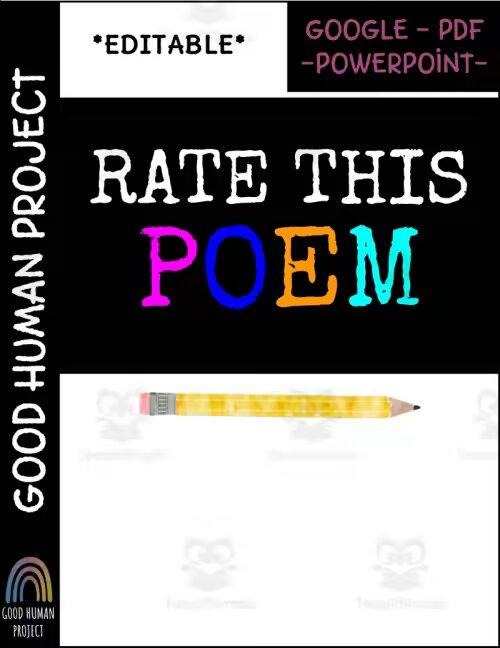
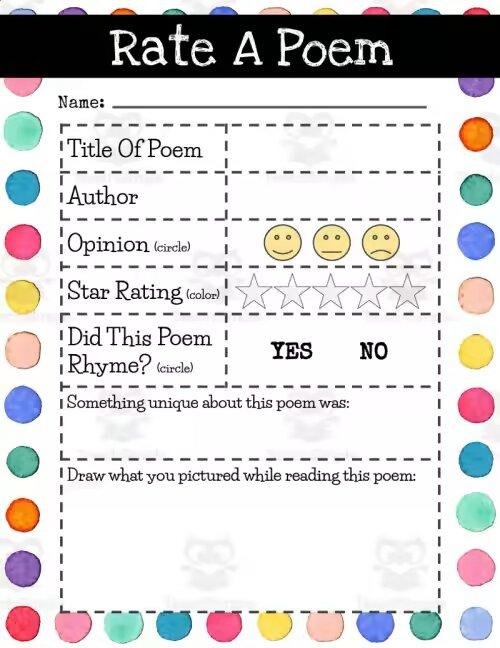
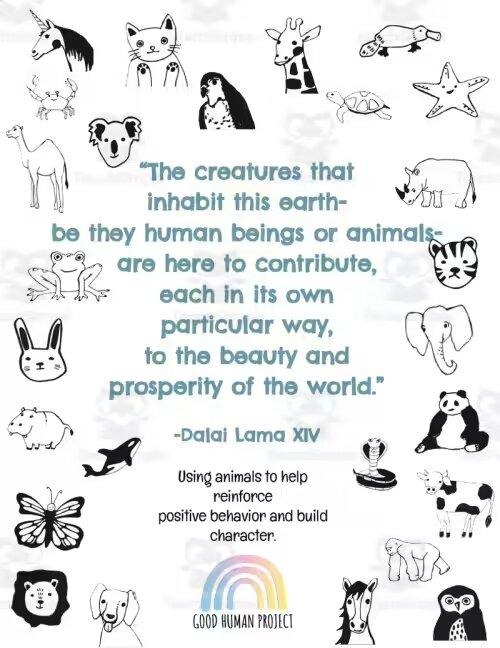
This high interest poem is a perfect one for children to read to practice fluency and intonation. Use this Rate A Poem resource which has students share their opinion about a poem and identify its unique qualities, as a supplemental material.
- The Sitter By Shel Silverstein
This Shel Silverstein poem from the book A Light in the Attic is a timeless favorite of children. Mrs. McTwitter, the babysitter, actually sits on the baby. First graders will recognize that there is a double meaning for the word “sitter.”
After reading the poem, start a discussion about other words that sound the same but have different meanings.
- Worm Poem Reading Comprehension Worksheet By Have Fun Teaching
This silly poem will have your first graders in stitches. The rhyming words lend themselves to practicing fluency and intonation, while descriptive words create imagery.
- Sensory Poetry Writing From Good Human Project
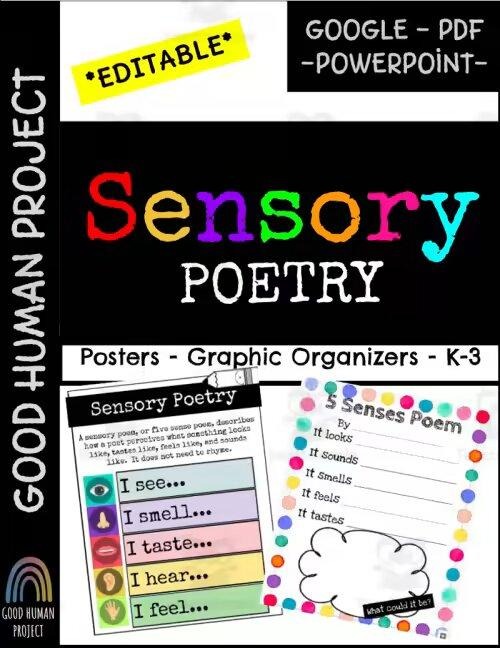
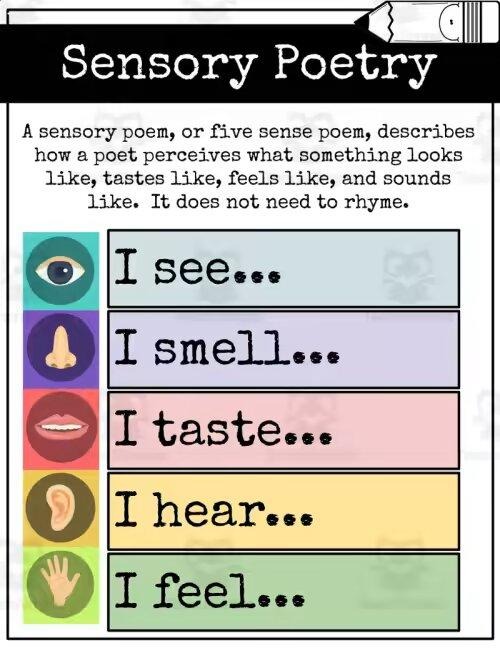
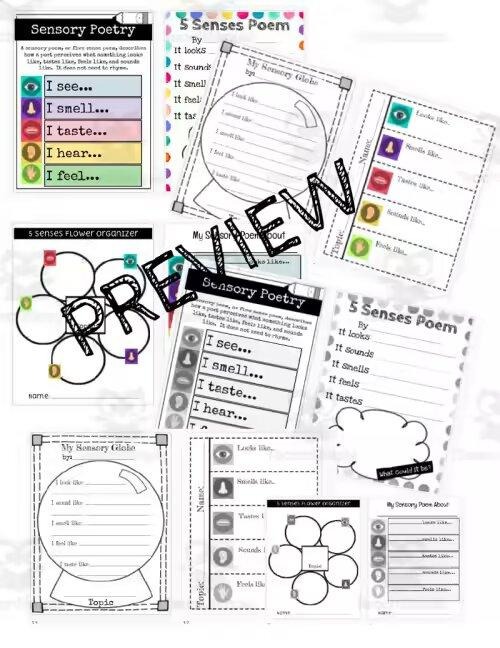
Have students come up with words to describe how a worm feels, smells, moves, and tastes, using one of the graphic organizers from this Sensory Poetry Writing resource as an extension activity after reading the poem.
- Strawberry Jamboree By Irene Latham
From Irene Latham’s poetry collection titled Fresh Delicious: Poems from the Farmer’s Market, this poem is composed of four short stanzas that are easy to read for first graders so they can independently practice their fluency and tone.
- Change By Charlotte Zolotow

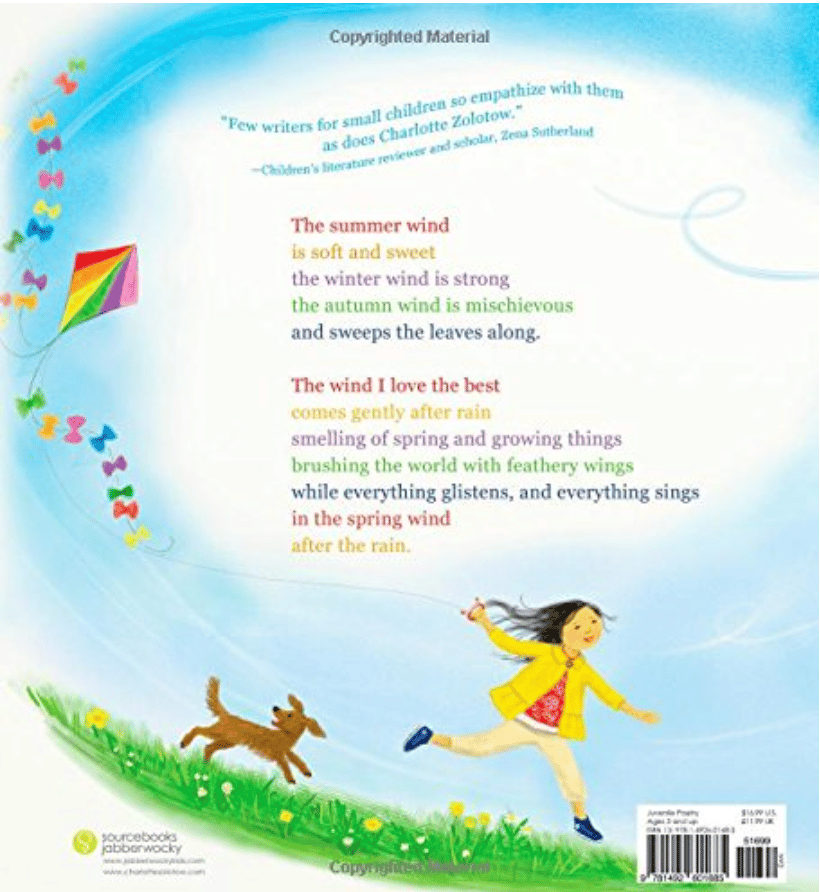
“Change” by Charlotte Zolotow from the book Changes is a poem that uses sensory words to describe each of the four seasons. There are five short, simple verses that promote reading fluency and intonation.
- Four Seasons From Have Fun Teaching
Pair this poem with a reading comprehension passage titled Four Seasons. Compare the words used to describe the seasons in each poem and have students come up with their own descriptive words.
- The Great Snail Race By Deborah Ruddell
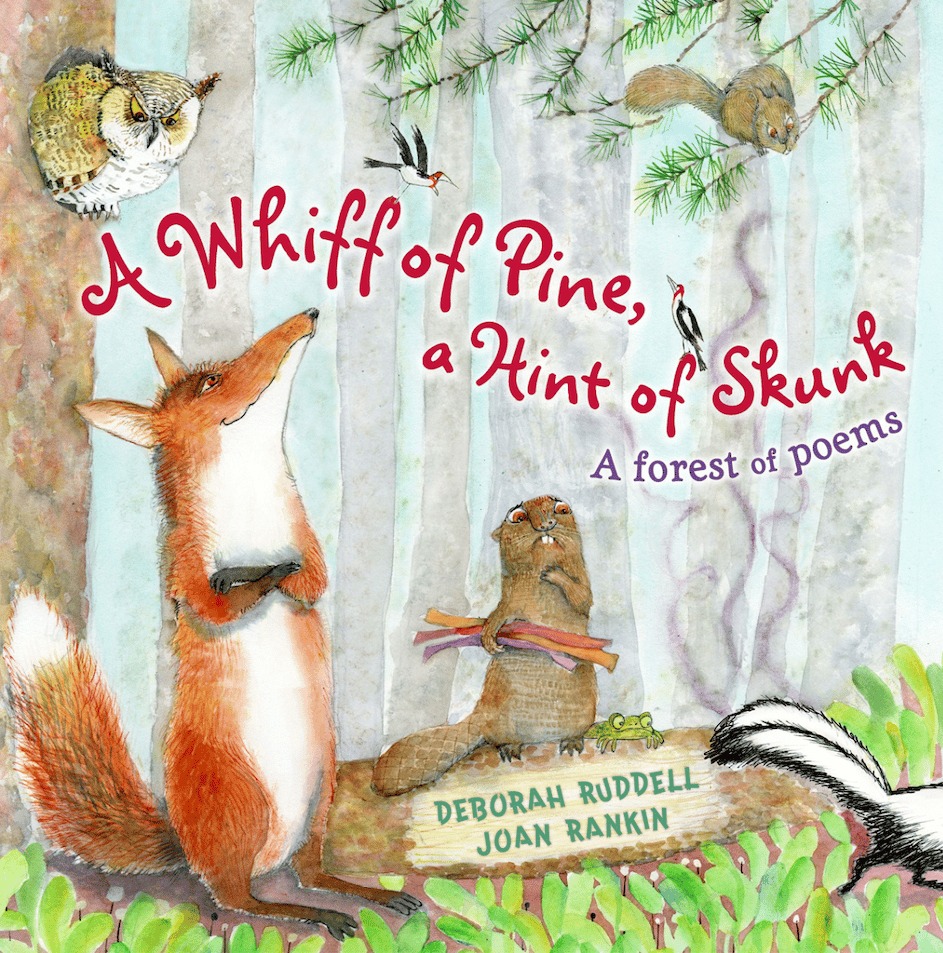
From the collection A Whiff of Pine, Hint of Skunk: A Forest of Poems by Deborah Ruddell, this poem uses vivid adjectives to describe the winning snail of the race down to the trail of slime he left behind.
This poem can be used in conjunction with teaching about sensory words at the first grade level.
- Spring By Paul B. Janeczko
“Spring” by Raymond Souster is a short, four-line poem in the book Firefly July, using simple words to illustrate the relationship between rain and flowers. This is a good first grade poem because it will build students confidence in their reading skills.
It also sparks a discussion about cause and effect: it rains, and then the flower grows. It can be used as part of a lesson about seasons or plants.
- Sick By Shel Silverstein
The story of Peggy Ann McKay, who was too sick to go to school until she learns that it is Saturday, will entertain and delight first graders. Written by Shel Silverstein in his book Where the Sidewalk Ends, this rhyming poem is perfect for students who are ready to read longer passages.
Have your students build fluency by reading the poem aloud in partners or as a choral reading so they can hear themselves and practice tone and inflection. They can help one another identify words they don’t know.
How Do You Teach a Poem to a First Grader?
When introducing poetry in first grade, start with short poems with simple, rhyming words so students can use their phonological awareness to successfully read the poems. When they start to get the hang of it, introduce poems that are a little bit longer, like list poems, haikus, and poems that do not use rhyming words.
Another teaching technique is to write out poems that rhyme on chart paper. Cover up the second word in a rhyming set and let your students figure out the word, using what they know about word families and phonics.
You can also let students brainstorm sensory words to use in poetry, using graphic organizers from this Sensory Poetry Writing resource to learn how to paint a picture with words. The key to introducing first grade poems is to choose poems that are high interest and relatable to your students.
Check Out These Additional 1st Grade Resources
About the Author
Kelly Rende has a Masters degree in Special Education. She has been teaching middle school science and STEM courses for 18 years. When not teaching, she can be found writing or on an adventure with her children and dogs.

